Expert Tips on How to Open a Safe: A Locksmith’s Guide
Home > Expert Tips on How to Open a Safe: A Locksmith’s Guide
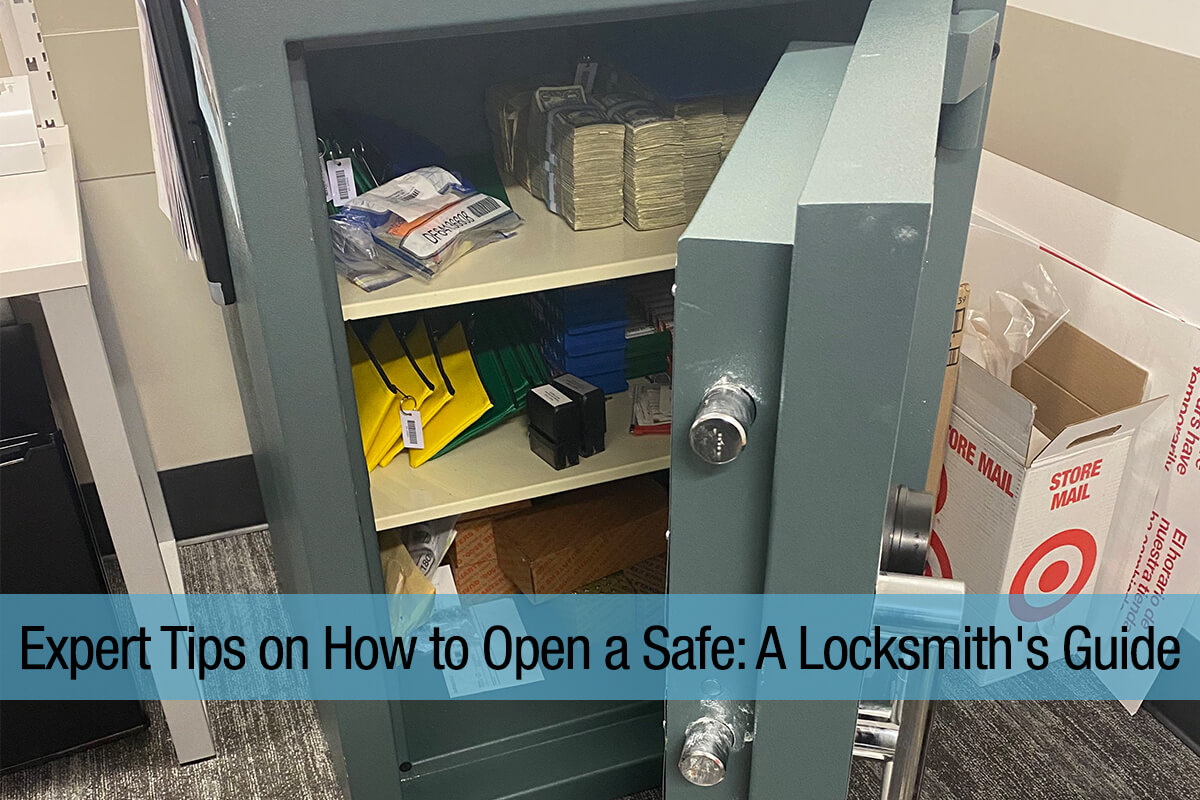
At Absolute Locksmith, we understand the frustration and urgency that accompanies the inability to access your safe. Whether it’s important documents, valuable items, or irreplaceable heirlooms, being locked out of your safe can be a daunting predicament.
But fear not, for our team of seasoned specialists is here to guide you through the safest and most efficient ways to regain access to your belongings. With years of experience under our belts, we are dedicated to providing secure and trustworthy solutions.
Table of Contents
Recognizing Different Types of Safes and Lock Mechanisms
Safes come in various shapes, sizes, and security features to cater to different needs. Here’s an overview of common types of safes and their respective lock mechanisms:
Combination Safes
These combination lock safes require a specific sequence of numbers to be dialed in order to open and mostly have an emergency key. The locking mechanism typically involves multiple discs that align when the correct combination is entered, allowing the safe door to open.
Electronic Safes
Modern and convenient electronic safe locks are equipped with electronic keypads where a numeric password is entered to gain access. Some electronic lock models also feature biometric scanners for fingerprint recognition, adding an extra layer of security.
Key Lock Safes
The simplest form of safe, key lock safes require a physical key to unlock. While these safes are less common due to the risk of losing the key, they remain a reliable choice for those who prefer a traditional approach to a safe lock.
Dual-Lock Safes
Offering an extra level of security, dual-lock safes require two forms of authentication to open, such as a key and a combination of an electronic code and a fingerprint. This type of safe is ideal for storing high-value items.
Fireproof and Waterproof Safes
Specifically designed to protect against fire and water damage, these safes come with a variety of lock mechanisms, including combination, electronic, and key locks. They are essential for safeguarding important documents and irreplaceable items from natural disasters.
Wall and Floor Safes
These safes are designed to be concealed within a wall or embedded in the floor, offering a stealthy security solution. Depending on the level of security needed, they can come with any of the aforementioned lock mechanisms.
Understanding the type of safe and lock mechanism you have is the first step in determining the most appropriate approach to regain access if you are locked out.
The Risks of DIY Safe Opening
Attempting to open a safe without professional expertise can lead to several risks that might outweigh the satisfaction of a DIY job well done. First and foremost, safes are designed to be secure and tamper-proof. This means that any incorrect handling or use of tools can easily damage the locking mechanism, the safe door, or the safe’s contents. Damage to the lock mechanism of mechanical combination or electronic locks can render the safe permanently inaccessible, leading to irretrievable loss of valuable items or important documents housed within.
Additionally, most safes come with a manufacturer’s warranty that becomes void if the safe is tampered with by someone other than a certified professional. This warranty is crucial for addressing potential manufacturing defects or malfunctions that could affect the safe’s security features. By attempting a DIY safe opening, you not only risk permanent damage to the safe but also lose the opportunity for a professional assessment or replacement covered under warranty.
It’s also worth noting that many locksmiths, like those at Absolute Locksmith, have specialized tools and techniques developed through years of training and experience. These tools and methods ensure your traditional or digital safe is opened without damage, preserving both the structure of the safe and its contents. Hence, while it may be tempting to tackle the problem on your own, consulting with a reliable locksmith is the safer, more responsible approach to regaining access to your locked safe.
Why Calling a Professional Locksmith is the Safest Option
Calling a professional locksmith is undeniably the safest option when facing the challenge of a locked safe. The benefits of engaging a professional locksmith service, such as Absolute Locksmith, are manifold. Firstly, professional locksmiths bring to the table an extensive understanding of various safe types and their respective locking mechanisms. This expertise ensures that the correct method is used to unlock your safe, minimizing the risk of damage.
Furthermore, professional locksmiths are equipped with specialized tools designed expressly for safe opening. These tools, combined with the locksmith’s skills, allow for a non-destructive entry, ensuring that both your safe and its contents remain unharmed during the unlocking process. Additionally, in situations where the safe’s locking mechanism needs repair or replacement, a professional locksmith can provide immediate, on-site assistance, restoring the security of your valuables without delay.
Trust in a professional locksmith not only safeguards your valuables but also grants you peace of mind, knowing that your safety is handled with the utmost care and competence. With certifications and insurance, locksmith services like Absolute Locksmith guarantee a secure and efficient resolution to your safe-access dilemmas, making them the unequivocal choice for any safe opening needs.
Locksmith’s Proven Process for Safe Opening
The locksmith’s process for unlocking safes involves meticulous attention to detail and safety at every step. The following is a general outline of our procedure, which may vary depending on the specific safe type and its condition.
- Initial Assessment: Upon arrival, the locksmith begins with a thorough assessment of the safe, identifying the make, model, and type of lock mechanism. This step is crucial for determining the most appropriate and non-invasive method for opening the safe.
- Diagnostic Procedures: The locksmith then performs diagnostic procedures, which may include electronic scanning for digital or biometric safes, to understand the lock mechanism’s current status.
- Choose the Approach: Based on the initial assessment and diagnostics, the locksmith selects the most suitable method for opening the safe. This could range from manipulation for combination locks to electronic override for digital safes or precise drilling, such as a small hole, for more complex mechanisms, always aiming for the least invasive option.
- Safe Opening: After deciding on a method, the locksmith proceeds to open the safe carefully. This process is carried out with precision to ensure no damage to the safe or its contents.
- Repair and Reset: After the safe is opened, the locksmith can perform any necessary repairs to the lock mechanism or replacements of damaged components. At this stage, the locksmith can also reset digital codes or reconfigure locking mechanisms.
- Final Testing and Customer Satisfaction: The safe’s functionality is thoroughly tested to confirm that it operates correctly post-repair. The locksmith ensures the customer is fully satisfied with the service, providing guidance on how to operate the newly configured lock mechanism if necessary.
- Providing Recommendations: Lastly, the locksmith may offer recommendations on maintaining the safe’s safety, such as regular servicing tips or upgrading to a more secure locking mechanism, ensuring the safety of the valuables inside in the future.
Protecting Your Safe’s Future: Maintenance Tips and Tricks
Regular maintenance is essential to safeguard the longevity and security of your safety. Below are practical tips and tricks to ensure your safe remains in optimal condition:
- Regular Servicing: Just like any mechanical device, safes require periodic servicing to ensure their mechanisms function smoothly. Scheduling a trustworthy locksmith to service your safe can identify and resolve potential lock and key issues before they lead to a lockout situation.
- Avoid DIY Repairs: While it may be highly tempting to attempt repairs or maintenance on your own, this can often lead to further damage or voiding of warranties. Always consult with a professional locksmith for any repairs or adjustments.
- Proper Usage: Ensure that you’re using the safe as intended by the manufacturer. Avoid overloading, slamming the door, or forcing the lock, as these actions can lead to mechanical failures.
- Keep the Lock Mechanism Clean: Dust and debris can accumulate in the locking mechanism over time, potentially causing malfunction. Gently clean around the lock area with a soft, dry cloth to keep it free from obstruction.
- Lubrication: Use a silicone-based lubricant on the door hinges and bolts as advised by your locksmith or the safe manufacturer. Steer clear of oil-based products since they tend to attract dust and debris.
- Update Combination Regularly: If your safe has a digital lock, changing the combination regularly enhances security. This is particularly important in situations where the correct combination may have been shared temporarily.
- Monitor Humidity Levels: For safes storing sensitive documents or electronic devices, consider using a dehumidifier pack to prevent moisture buildup, which can cause rust or damage to contents.
By following these maintenance tips and consulting with professionals like Absolute Locksmith for servicing and repairs, you can ensure that your safe continues to provide reliable security for your valuables for years to come.
Why Trust Absolute Locksmith with Your Safe?
At Absolute Locksmith, we’re not just experts at what we do; we’re your dependable partners when it comes to securing and accessing your valuables. Remember, attempting to open your safe without the right knowledge or tools can lead to permanent damage or loss of content.
Trust the professionals at Absolute Locksmith to handle your safe concerns with the utmost care and efficiency. Reach out today, and rest easy knowing your safe is in expert hands.
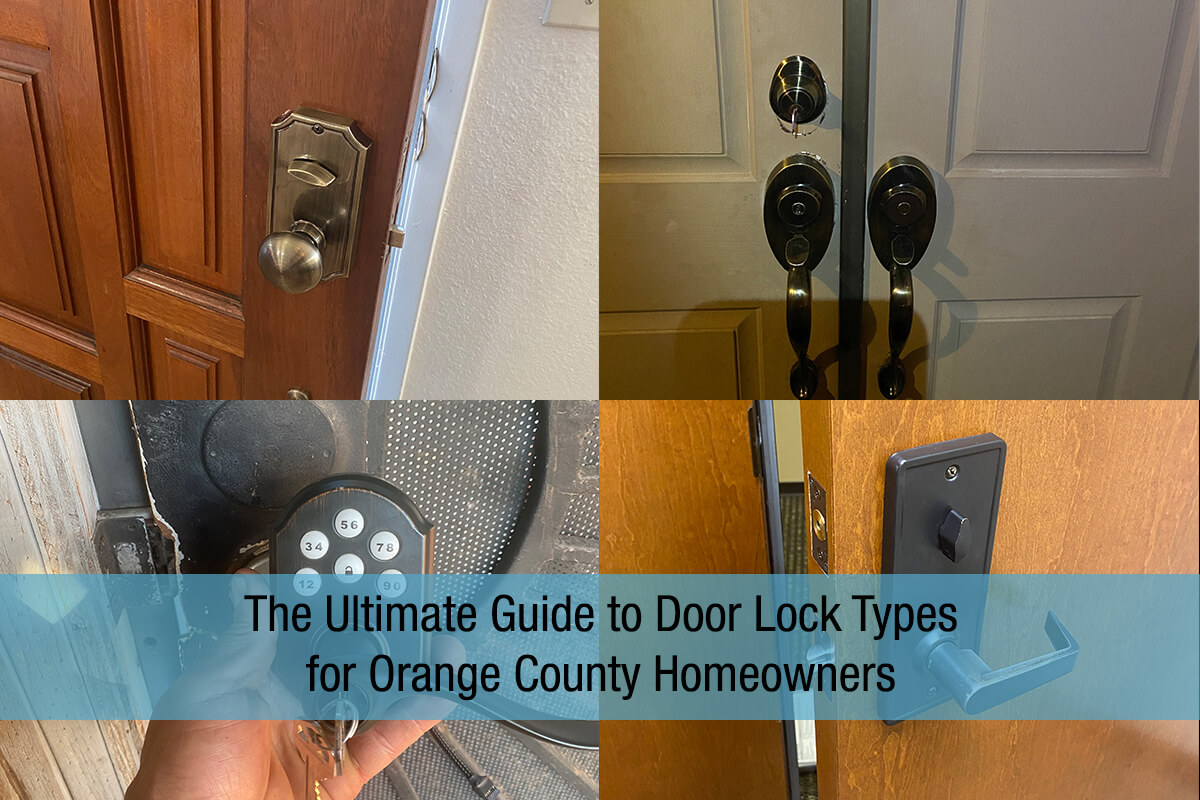
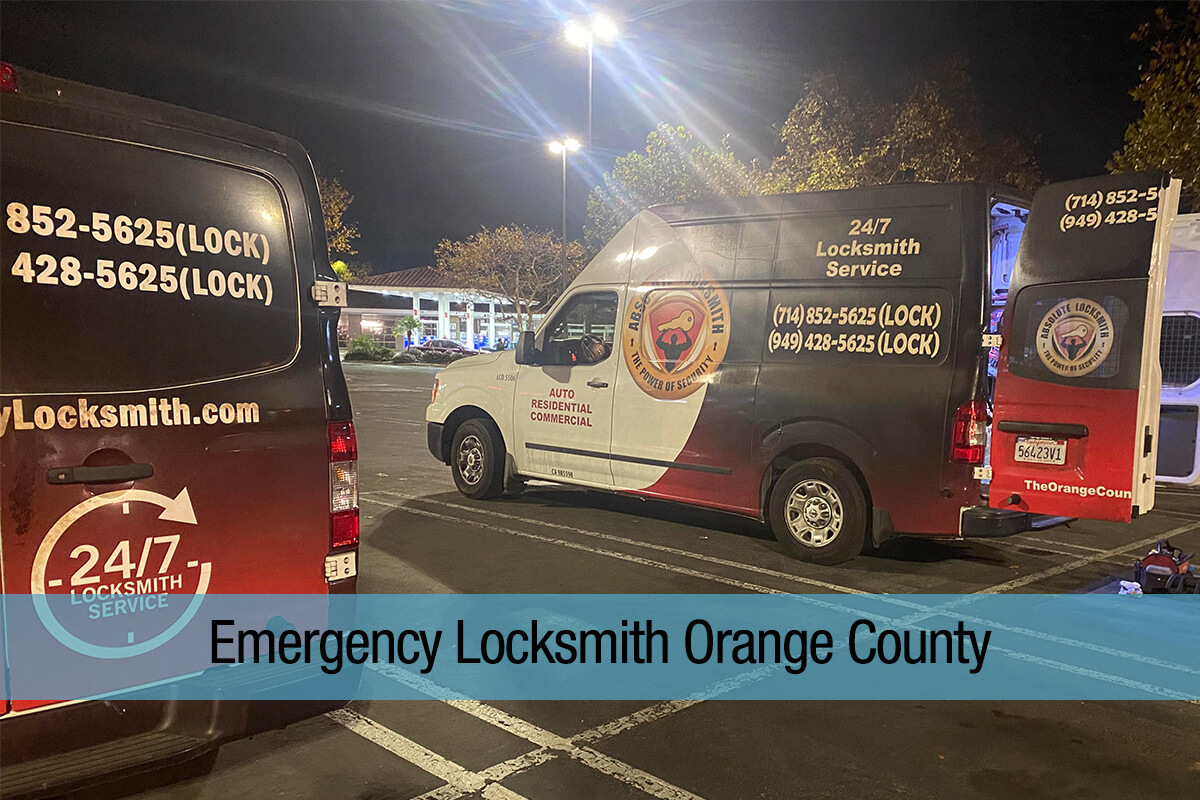
Emergency Locksmith Orange County
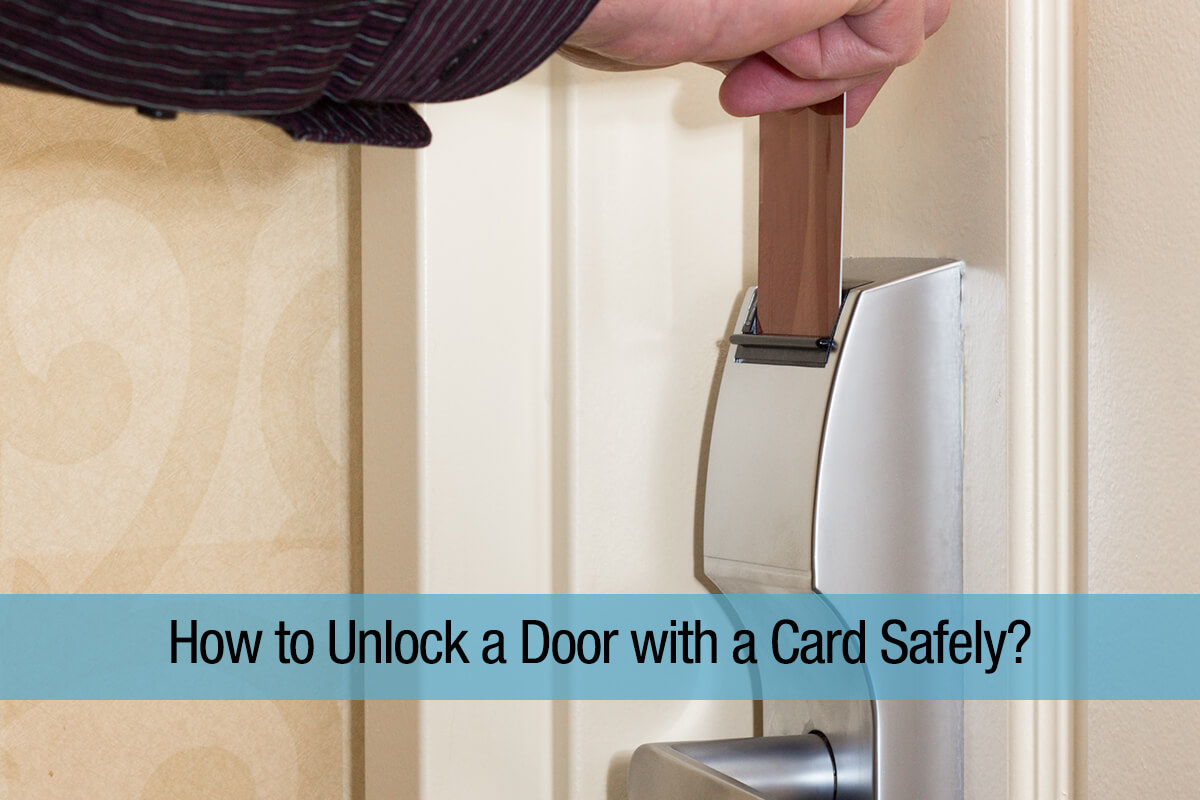
How to Unlock a Door with a Card Safely
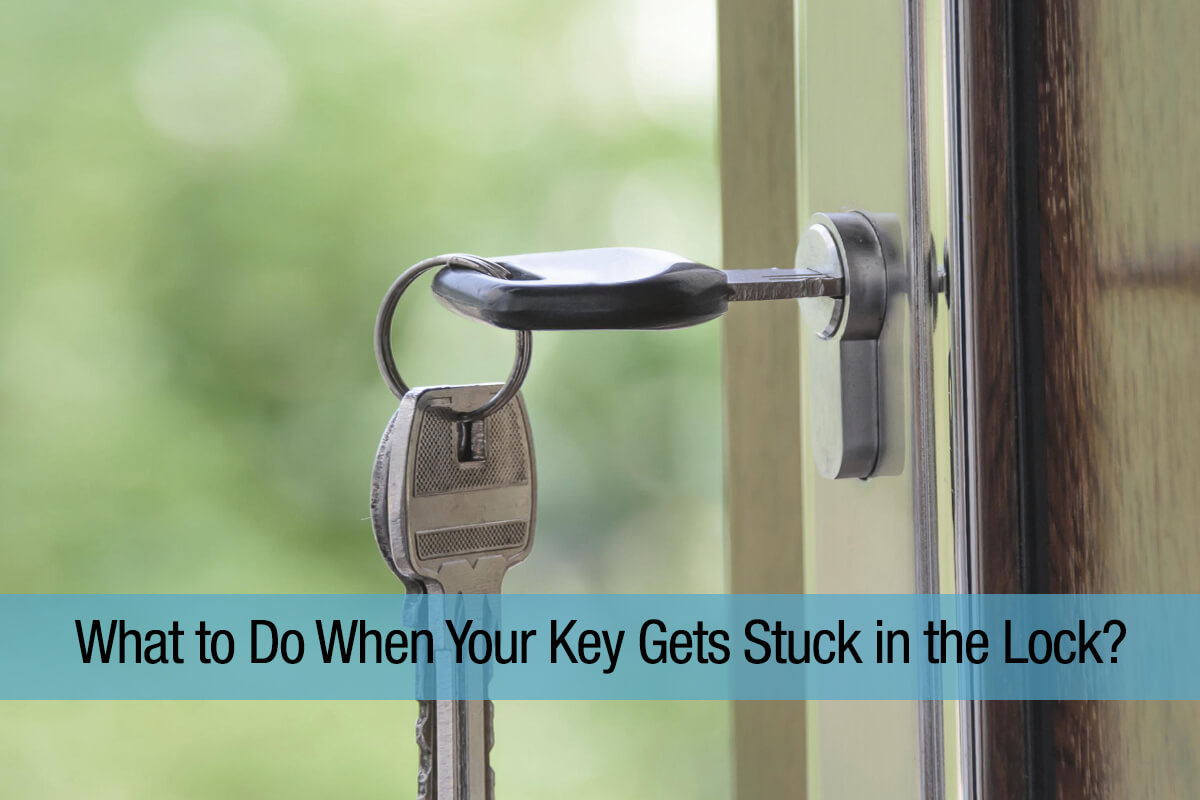


 30057 Alicia Parkway
30057 Alicia Parkway

 (949) 428-5625
(949) 428-5625 Working hours
Working hours




 Call Us
Call Us Text us
Text us